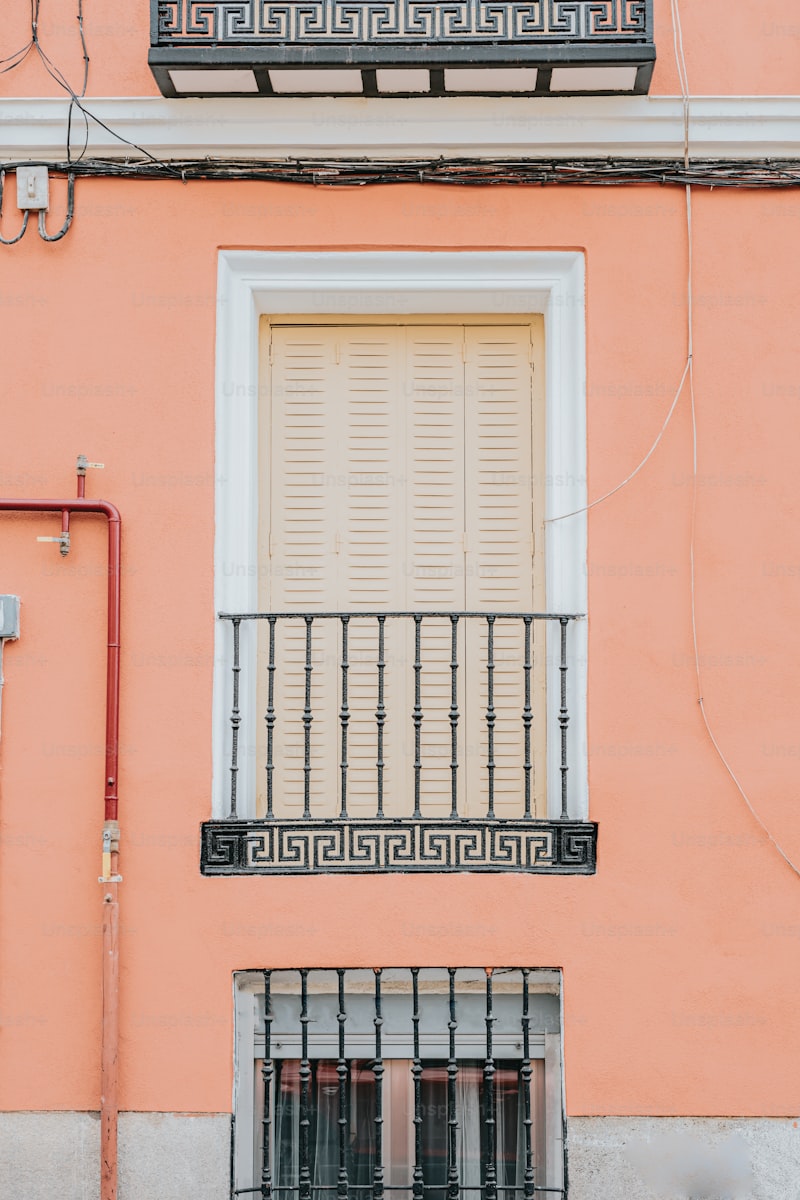Transforming Traditional Designs with Color: A Modern Approach to Timeless Aesthetics
Embracing Change: The Fusion of Color and Tradition
In today's dynamic world of design, the timeless beauty of traditional motifs and styles often meets the invigorating power of color. As designers, artists, and homeowners seek to breathe new life into classic designs, the process of transforming traditional designs with color has become a pivotal trend. This article delves into how this transformation can reshape our spaces, the cultural significance behind colors, and practical methods for incorporating these vibrant shades into traditional designs.
The Significance of Color in Design
Color is not merely a visual element; it's a powerful tool that evokes emotions, sets moods, and influences perceptions. When applied to traditional designs, color can either enhance their beauty or dictate the entire ambiance of a space. Understanding the psychology of color is essential for anyone looking to transform traditional designs creatively.
Understanding Color Psychology
Colors are often associated with various emotions and meanings. Here are a few classic colors and their typical connotations:
| Color | Emotion/Meaning |
| Red | Passion, energy, excitement |
| Blue | Calm, trust, serenity |
| Green | Nature, growth, harmony |
| Yellow | Happiness, optimism, warmth |
| Purple | Luxury, creativity, wisdom |
When incorporating color into traditional designs, it’s vital to consider not just the aesthetic appeal but also the emotional resonance of the chosen shades. This thoughtful approach can produce calming interiors, energizing spaces, or even striking conversation starters.
Transforming Different Types of Traditional Designs
Traditional designs can come in various forms, from architecture and textiles to furniture and pottery. Let's explore how to infuse color into these areas with effectiveness and elegance.
Architectural Transformation: From Dull to Dazzling
Adding color to traditional architecture involves much more than slapping on a fresh coat of paint. For centuries, architectural styles such as Colonial, Victorian, or Mediterranean have showcased subtle shades to enhance their elegance. Today, bold hues like teal or coral can breathe life into these designs:

Consider a Victorian home with intricate woodwork; a fresh palette that includes a deeper green for the trim, paired with a soft yellow for the main body can create a stunning visual impact while honoring its historic roots.
Textiles: Revitalizing Fabric Patterns
Textiles play a significant role in traditional designs, often echoing the culture from which they originate. Whether it's a Persian rug or a Scottish tartan, these fabrics are rich in tradition. The infusion of modern colors can make these timeless pieces feel contemporary:
- Incorporate vibrant throw pillows in a neutral room filled with traditional furniture.
- Use a bold bedspread that contrasts with traditional wallpaper to create a striking focal point.
- Mix and match patterns and colors for a unique and personalized touch.
Furniture: The Balance of Old and New
Transforming traditional furniture with color can be as simple as reupholstering or as elaborate as a complete paint job. Here’s how to go about it:
- Select a classic piece, like an armchair, and choose an unexpected color, such as burnt orange or mustard yellow, to refresh its aesthetic.
- Pair old wooden furniture with colorful accents like modern knobs and handles to create a playful contrast.
- Consider painting a traditional wooden dining set in a vibrant hue while preserving its original form and structure.
Color Selection: Finding the Perfect Match
Choosing the right colors to transform traditional designs is essential. Here are some tips:
- Assess Existing Colors: Take stock of the colors that are already present in the space. Look for inspiration from artwork, existing furniture, or architectural elements.
- Consider the Lighting: Colors can appear differently depending on the lighting in a room. Always test colors with swatches before committing.
- Trendy vs. Timeless: While it can be tempting to follow the latest color trends, aiming for a timeless palette that complements the traditional design often yields a more lasting appeal.
Conclusion: The Future of Traditional Designs
Transforming traditional designs with color represents not only a creative endeavor but also a declaration of identity and culture. By carefully selecting colors and understanding their emotional impacts, homeowners and designers alike can create spaces that resonate on both visual and psychological levels.
As you embark on your journey of transformation, consider both the functionality and aesthetic value of your choices. Remember to balance tradition with personalization; the end goal is to create an environment that speaks to you while honoring the classic styles we cherish.
In summary, don’t shy away from bold colors—dive into a palette that reflects your personality, and watch traditional designs evolve into a vibrant expression of contemporary aesthetics.
Keep in mind that shifting traditional designs with color shouldn't overwhelm the essence of the original style; instead, it should complement and enhance it, making the space feel fresh and inviting.
As you develop your unique style, always be willing to explore, experiment, and enjoy the transformational power of color. Happy decorating!